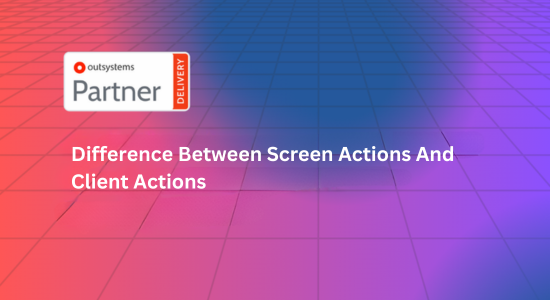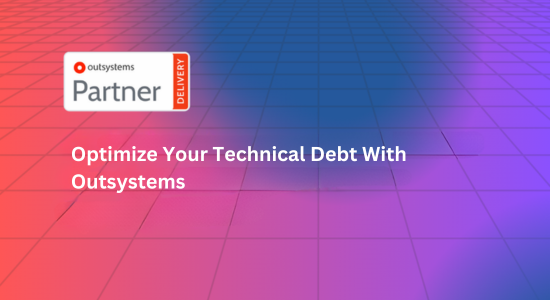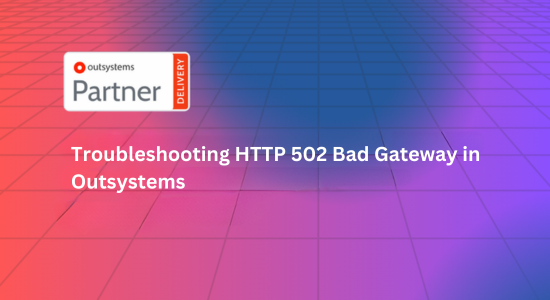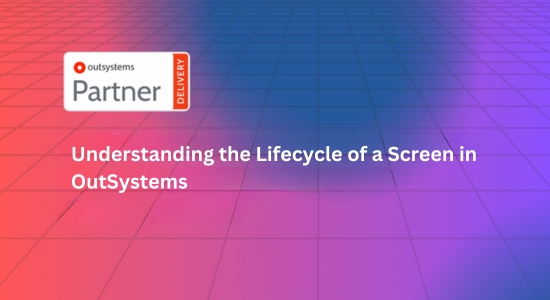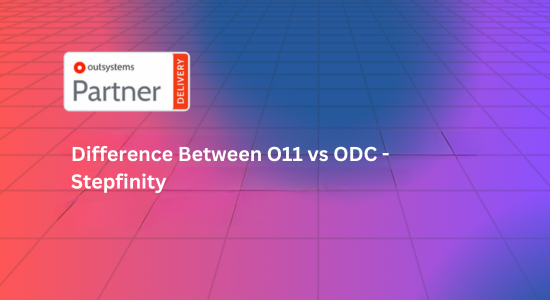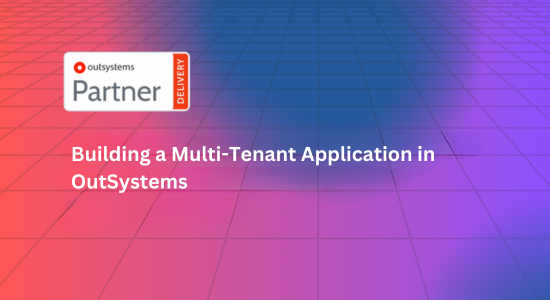The landscape of Outsystem development is rapidly evolving, driven by emerging technologies that promise to reshape how we build and deploy applications. As we peer into the future, several key trends are poised to redefine the Outsystem platform, ushering in new possibilities and capabilities.
One of the most compelling trends on the horizon is the integration of AI and machine learning within Outsystems. These technologies are poised to revolutionize how applications are built, making them smarter and more intuitive. Imagine applications that can learn from user interactions, adapt to preferences, and proactively anticipate user needs. Integrating AI into Outsystems promises to unlock a new realm of intelligent applications that elevate user experiences and streamline workflows.
Moreover, the proliferation of low-code and no-code platforms is set to transform the development landscape within Outsystems. These platforms empower a broader spectrum of users, including business analysts and citizen developers, to actively participate in the application development process. With simplified drag-and-drop interfaces and pre-built components, these tools democratize app development, accelerating the creation of applications while reducing the dependency on traditional coding expertise.
The evolution of cloud-native architectures will continue to influence the future of Outsystems. Cloud technologies offer scalability, flexibility, and enhanced collaboration, enabling Outsystems developers to build and deploy applications more efficiently. The seamless integration of Outsystems with cloud services fosters greater agility, allowing developers to leverage a multitude of resources and services for enhanced functionality and performance.
Another exciting prospect is the rise of Internet of Things (IoT) and its convergence with Outsystems. As IoT devices become more prevalent across industries, integrating Outsystems with IoT opens doors to a myriad of innovative applications. From smart city solutions to industrial automation, the synergy between Outsystems and IoT presents opportunities to create interconnected ecosystems that drive efficiency, automation, and real-time decision-making.
Security remains a paramount concern, and future iterations of Outsystems are expected to prioritize robust security measures. As cyber threats continue to evolve, Outsystems will likely incorporate advanced security features and compliance standards to safeguard applications and data, ensuring a secure development environment for enterprises.
In conclusion, the future of Outsystems is teeming with possibilities fueled by AI integration, the democratization of development through low-code platforms, the adoption of cloud-native architectures, the synergy with IoT, and enhanced security measures. As these technologies converge, Outsystems is poised to evolve into a more versatile, intelligent, and secure platform, empowering developers to create innovative solutions that address complex challenges in an increasingly interconnected world. Embracing these emerging trends will undoubtedly shape a future where Outsystems continues to be at the forefront of agile and efficient application development.


